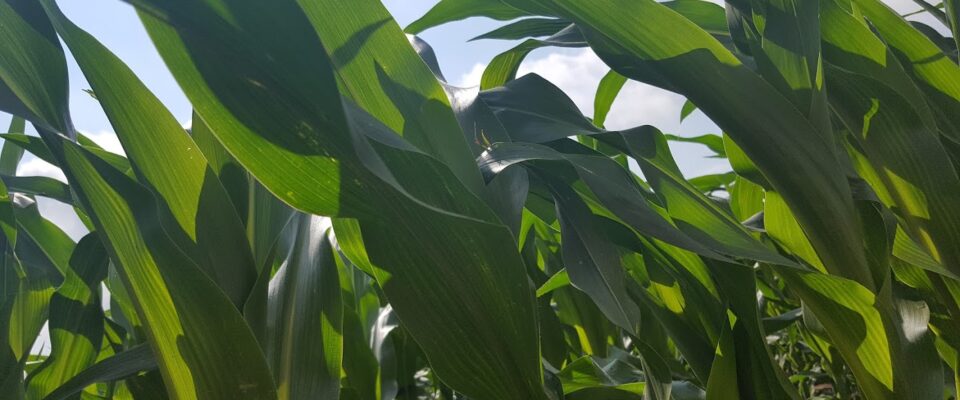Last Updated on September 11, 2017 by cassnetwork
INDIANAPOLIS – Be Alert. Slow Down. Share the Road. That’s the important safety message coming from several state agencies, who are urging motorists to watch out for slow-moving farm equipment this harvest season.
“There are 57,700 farming operations in Indiana and more than 14 million acres of farmland,” said Lt. Governor Suzanne Crouch. “It’s important for all motorists, especially those that live in rural areas, to take their time and drive carefully around slow-moving farm equipment. This harvest season, our goal is to make sure that every Hoosier reaches their destination safely and with plenty of time to spare.”
According to the National Highway Traffic Safety Administration, farm equipment vehicles (other than trucks) were involved in 87 fatal crashes across the nation. In addition, a survey conducted by the Census Bureau claims that while less than 20 percent of the U.S. population lives in rural areas, more than half of all traffic fatalities nationwide occurred in those parts.
“Harvesting crops, hauling grain or transporting other agricultural products makes this a busy time of the year for rural Indiana,” said Ted McKinney, Indiana State Department of Agriculture Director. “Farmers on roadways are going to and from work just like everyone else, and far too often incidents occur that could’ve been avoided if people just exercised a little caution, courtesy and common sense.”
The following list includes several safety tips for motorists approaching large farm equipment:
- Be alert. The red triangle on the back of an implement, farm machinery or other vehicle indicates a slow-moving vehicle (under 25 mph).
- Be patient. It only takes five seconds for a motorist driving 55 mph to close a gap the length of a football field when approaching a tractor moving at 15 mph. Avoid tailgating, as some farm equipment might have to make sudden stops along the road.
- Share the Road. Farm equipment is wide, sometimes taking up most of the roadway, so be careful and slow down when passing.
- Do not try to pass a slow-moving vehicle on the left without ensuring that the vehicle is not planning a left turn. It may appear that the driver is pulling over for you to pass when it is actually preparing to turn. You will drive right into its path, endangering yourself and the farmer.
- Do not pass if you are in a designated “No Passing Zone” or within 100 feet of any intersection, railroad grade crossing, bridge, elevation structure, or tunnel.
“Being prepared is a great way to avoid the tragedy and expense of a collision with farm equipment,” said Indiana Department of Homeland Security Executive Director Bryan Langley. “Allow plenty of time to get to your destination, be aware of alternate routes and avoid distractions, such as eating and cell phone use that may take your focus away from the road and any farm vehicles that are traveling near you.”
Most farmers will pull over when they are able to let you pass, but it may take time for them to get to a safe place to do so.
“Motorists, farmers, and transportation workers all share the road and we all share a common goal – arrive home safely every day,” said Joe McGuinness, Commissioner of the Indiana Department of Transportation. “Hoosiers should be prepared to encounter slow-moving farm vehicles, especially on rural, two-lane roads now through November.”
By state law, farm equipment must have the nationally designated slow-moving vehicle sign – a red triangle-shaped reflector – to warn oncoming drivers that their equipment is on the road. These vehicles often travel at speeds no higher than 25 mph.
Indiana State Police Superintendent Doug Carter said, “It’s easy to take for granted the food we want is always at the grocery store.” Carter continued, “So when you see farmers out working and moving from field to field, be patient as they work to harvest the food and grain needed to help feed our communities and the world.”
For more information about harvest safety, please visit www.in.gov/isda/3433.htm.
SOURCE: News release from Indiana State Department of Agriculture






